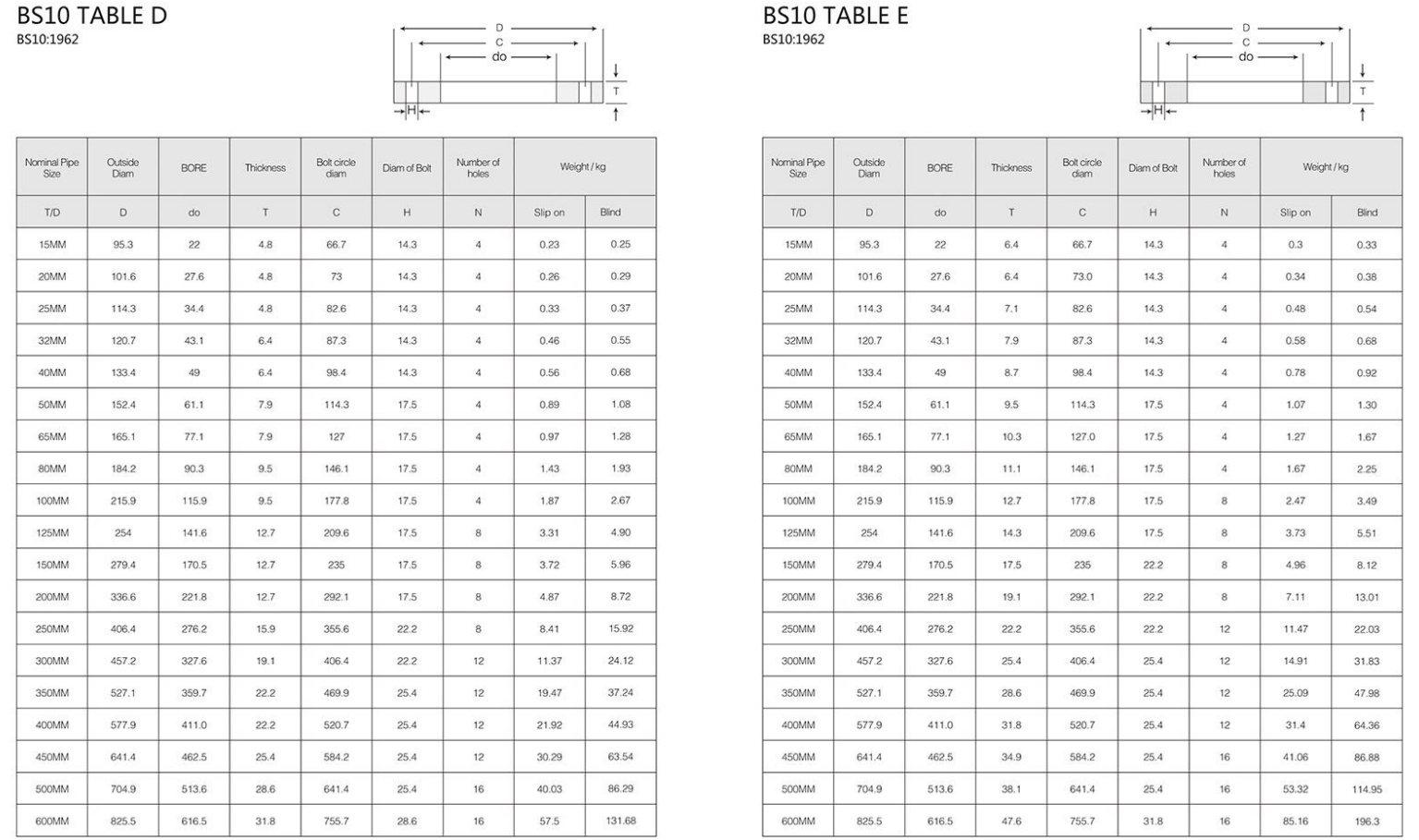-
Cangzhou Yulong Steel Co., Ltd.
-
Phone:
+86 13303177267 -
Email:
admin@ylsteelfittings.com
- English
- Arabic
- Italian
- Spanish
- Portuguese
- German
- kazakh
- Persian
- Greek
- French
- Russian
- Polish
- Thai
- Indonesian
- Vietnamese
- Zulu
- Korean
- Uzbek
- Hindi
- Serbian
- Malay
- Ukrainian
- Gujarati
- Haitian Creole
- hausa
- hawaiian
- Hebrew
- Miao
- Hungarian
- Icelandic
- igbo
- irish
- Japanese
- Javanese
- Kannada
- Khmer
- Rwandese
- Afrikaans
- Albanian
- Amharic
- Armenian
- Azerbaijani
- Basque
- Belarusian
- Bengali
- Bosnian
- Bulgarian
- Catalan
- Cebuano
- China
- China (Taiwan)
- Corsican
- Croatian
- Czech
- Danish
- Esperanto
- Estonian
- Finnish
- Frisian
- Galician
- Georgian
- Kurdish
- Kyrgyz
- Lao
- Latin
- Latvian
- Lithuanian
- Luxembourgish
- Macedonian
- Malgashi
- Malayalam
- Maltese
- Maori
- Marathi
- Mongolian
- Myanmar
- Nepali
- Norwegian
- Norwegian
- Occitan
- Pashto
- Dutch
- Punjabi
- Romanian
- Samoan
- Scottish Gaelic
- Sesotho
- Shona
- Sindhi
- Sinhala
- Slovak
- Slovenian
- Somali
- Sundanese
- Swahili
- Swedish
- Tagalog
- Tajik
- Tamil
- Tatar
- Telugu
- Turkish
- Turkmen
- Urdu
- Uighur
- Welsh
- Bantu
- Yiddish
- Yoruba

Aug . 10, 2024 23:50 Back to list
Methods for Effectively Repairing and Maintaining Galvanized Pipe Systems in Plumbing Applications
Repairing Galvanized Pipe A Comprehensive Guide
Galvanized pipes were widely used in plumbing systems from the 1930s until the late 1990s due to their resistance to rust and corrosion. However, over time, the protective zinc coating can wear off, leading to unforeseen leaks and structural issues. If you’re faced with a galvanized pipe needing repair, you’re not alone; many homeowners encounter this problem. In this article, we'll discuss effective strategies for repairing galvanized pipes, whether the issue is a minor leak or more significant corrosion.
Understanding Galvanized Pipe Corrosion
Before initiating repairs, it’s essential to understand why galvanized pipes corrode. Galvanization involves coating steel or iron pipes with zinc to prevent rust. However, over many years, the zinc layer can deteriorate due to factors such as water quality, pH levels, and mineral deposits. This deterioration not only compromises the pipe’s integrity but can lead to health concerns with drinking water—especially if lead is present in older pipes.
Identifying the Problem
The first step in repairing a galvanized pipe is identifying the exact problem. Look for indicators of leaks such as water stains, mold growth, or dampness on walls adjacent to where your piping is located. Often, you’ll find that the leaks occur at joints or where the pipe has been damaged. If rust is visible or the pipe appears to be bulging, immediate action is needed.
Tools and Materials Needed
To start the repair, gather the necessary tools and materials
1. Pipe wrench 2. Hacksaw or pipe cutter 3. Pipe fittings (if replacement is needed) 4. Plumber's tape 5. Sealant or epoxy (for leaks) 6. Sandpaper or wire brush
repairing galvanized pipe

Repair Techniques
There are a couple of common methods to repair galvanized pipes, depending on the extent of the damage
1. Epoxy or Sealant for Minor Leaks If the damage is minor, using an epoxy resin or a plumbing sealant may suffice. Begin by cleaning the area around the leak with sandpaper or a wire brush to remove rust and debris. Apply the sealant generously over the leak and let it cure as per the manufacturer’s instructions.
2. Replacing Damaged Sections For more significant corrosion or damage, it may be necessary to cut out a section of the pipe. Using a hacksaw or pipe cutter, carefully remove the compromised section. Make sure to measure and cut straight to ensure proper fitting. Install a new piece of galvanized pipe or use brass or copper fittings, which are often recommended for long-term durability. Securely connect with plumber's tape to prevent leaks.
3. Installation of a Compression Fitting If traditional soldering is not feasible, consider using compression fittings. These can be a quick and effective way to join two pieces of pipe together, especially for those who may not have experience with pipe soldering.
Preventative Measures
Once repairs are completed, taking steps to prevent future issues is vital. Consider using pipe insulation or heat tape to protect pipes from extreme temperatures. Regularly inspect your plumbing system and address any small leaks or corrosion promptly.
Conclusion
Repairing galvanized pipes requires some understanding of plumbing and the right tools, but it is a manageable task. By identifying problems early and applying proper techniques, homeowners can maintain their plumbing systems efficiently. Should you feel overwhelmed, don’t hesitate to call a professional plumber. Ensuring your plumbing is in good shape will not only prolong the lifespan of your pipes but also protect the quality of your water supply.
Latest news
-
ANSI 150P SS304 SO FLANGE
NewsFeb.14,2025
-
ASTM A333GR6 STEEL PIPE
NewsJan.20,2025
-
ANSI B16.5 WELDING NECK FLANGE
NewsJan.15,2026
-
ANSI B16.5 SLIP-ON FLANGE
NewsApr.19,2024
-
SABS 1123 FLANGE
NewsJan.15,2025
-
DIN86044 PLATE FLANGE
NewsApr.19,2024
-
DIN2527 BLIND FLANGE
NewsApr.12,2024
-
JIS B2311 Butt-Welding Fittings LR/SR 45°/90° /180°Seamless/Weld
NewsApr.23,2024











